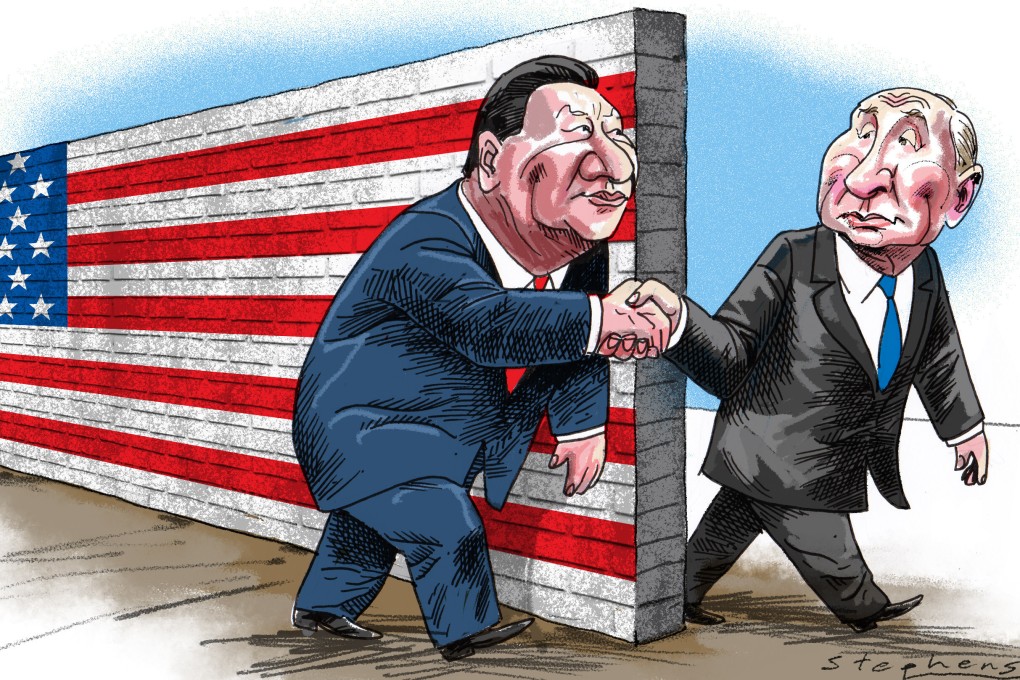Advertisement
Opinion | Joe Biden’s Taiwan stance spurs Beijing to ramp up its diplomatic outreach to Asia and Europe
- Amid Biden’s new ‘pivot to Asia’, the US is even dragging its ally Canada into the Taiwan issue
- In response, whether in Central Asia, Asean or Europe, China is out to show it is not alone against the US-led alliance
Reading Time:3 minutes
Why you can trust SCMP
2

No sooner had tensions abated after the Aukus alliance announcement and the Quad summit than China began scaling up its diplomatic efforts and rallying partners to address deteriorating relations with the United States.
Breaking from traditional US “strategic ambiguity” on Taiwan, President Joe Biden recently said that America would defend the island if China attacked. Secretary of State Antony Blinken called for support for Taiwan’s “robust” participation in the United Nations. And, adding further strain to US-China relations, President Tsai Ing-wen confirmed that US forces are training soldiers in Taiwan.
With dark clouds gathering, China is delivering ripostes on many fronts. It has stepped up military activities and is upgrading airbases near Taiwan; Taiwan’s Defence Minister Chiu Kuo-cheng has said Beijing would be able to take the island by force by 2025.
China has also reinforced its diplomatic outreach and collaboration with “all-weather partners” such as Russia. The two countries recently wrapped up joint naval drills in the Sea of Japan that did not go unnoticed in Tokyo, with Chinese and Russian vessels for the first time passing through the Tsugaru Strait that was used by US warships.
The lower house of the Russian parliament extended a ballistic missile launch notification deal with China to 2030. Beijing and Moscow seem to have been in close contact over the Afghan imbroglio, including at the latest Moscow Format talks on aid for Afghanistan.
Trade between Beijing and Moscow reached a record US$102 billion in the first three quarters of the year. Energy cooperation is also intensifying, with Russia’s state-owned Gazprom exporting 7.1 billion cubic metres of gas to China in the first nine months of the year, in excess of its daily commitments.
Advertisement
